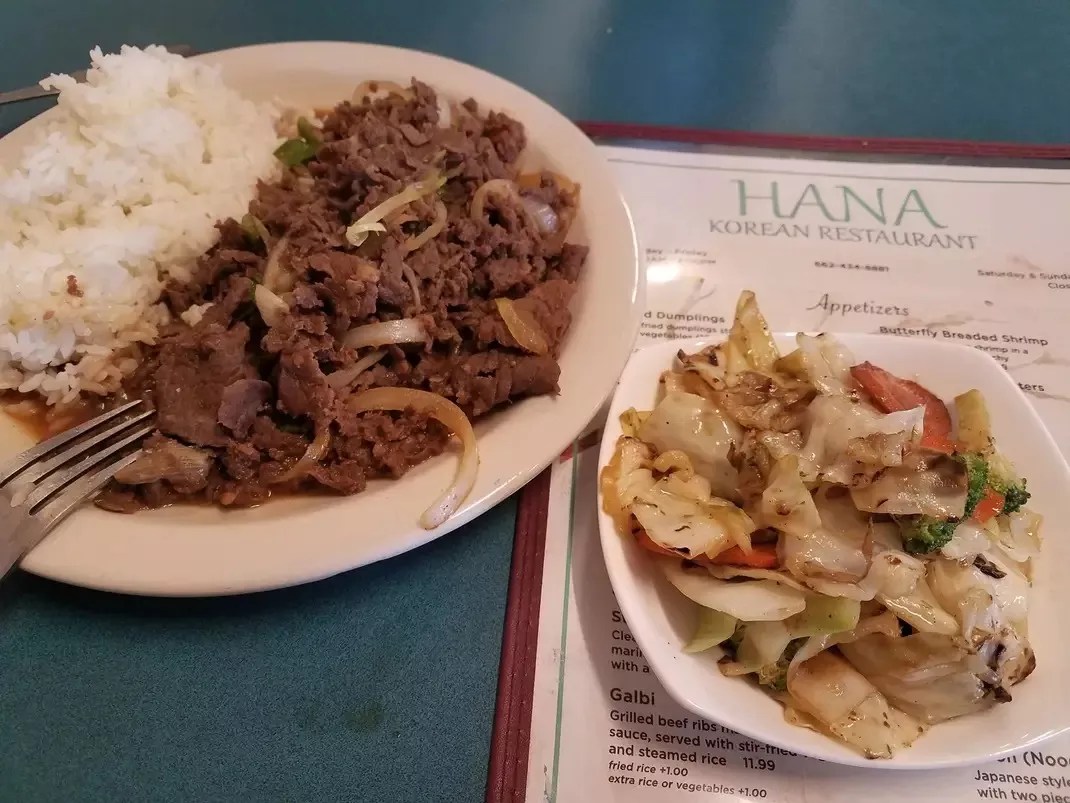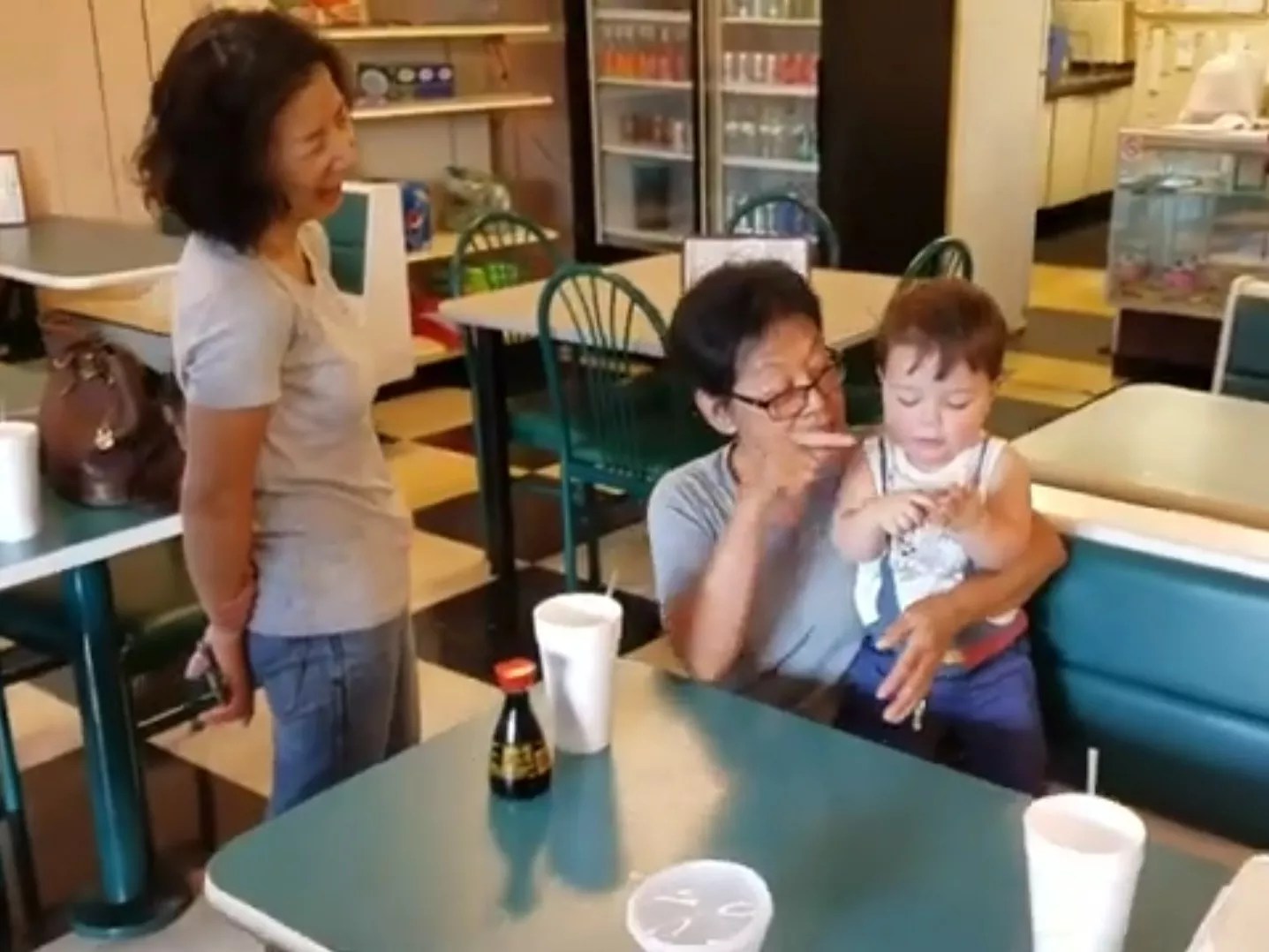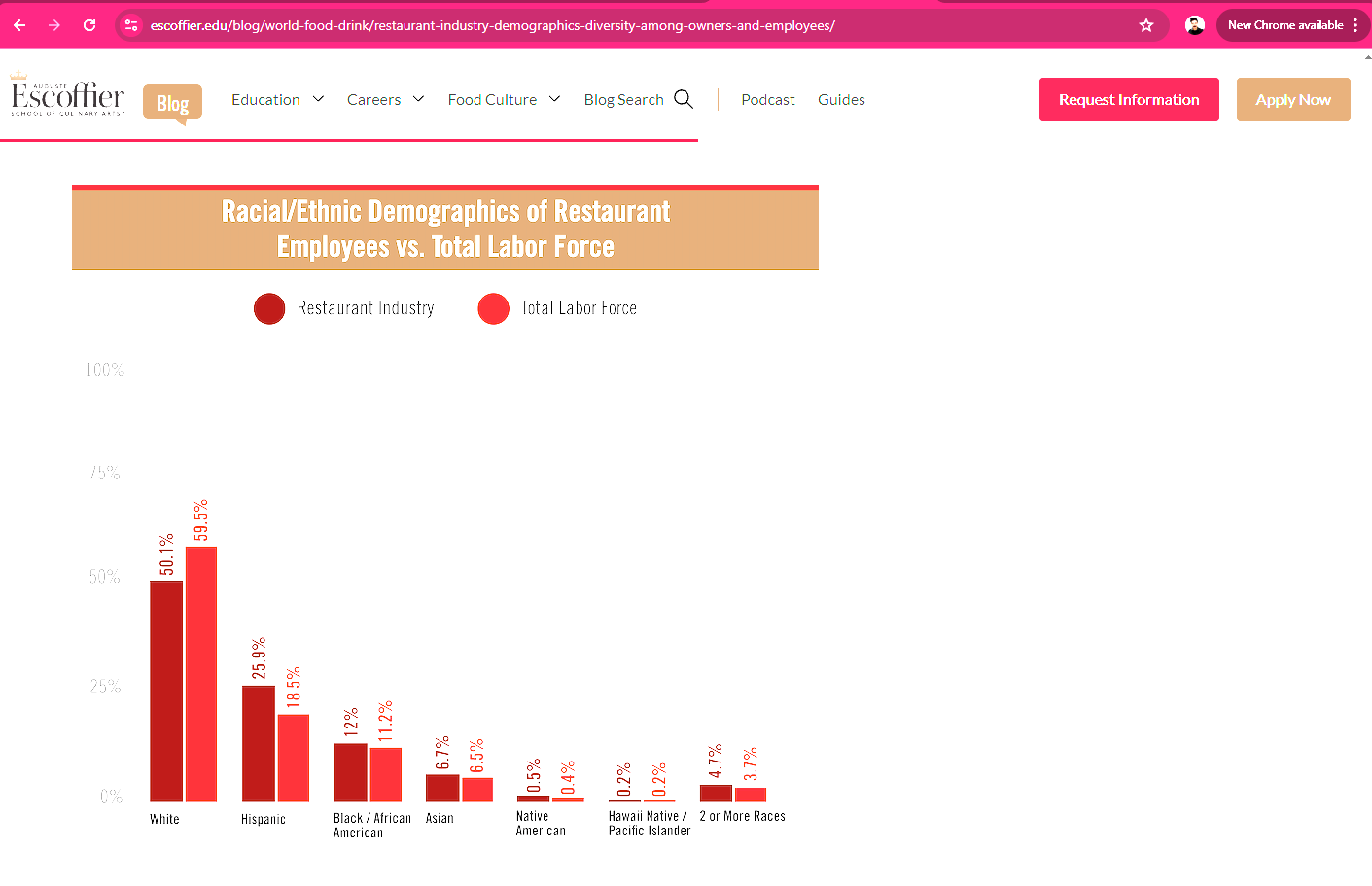
Courtesy Aaron Crunkilton

Audio By Carbonatix
I grew up in a family of restaurateurs. My mother and grandmother both owned restaurants over the nearly forty years of my life. Though “full-time job” doesn’t begin to describe the work that goes into it, they loved what they did and were proud to build their own paths in a notoriously difficult industry.
Armed with recipes refined through generations, an unmatched work ethic and dreams of a better future, my mom left her home country of South Korea and was off to the States with her new U.S. airman husband and her baby boy. It took years of two incomes – including a twenty-year military career for my dad and masterful saving while she raised her two children – but the day came she they could finally open her first restaurant. She had a good location right outside of a military base in small-town Mississippi, and everyone loved my mom’s food. Beyond that, people loved her story. The challenges she overcame, from learning English and starting her life over in a foreign country to the military sending us across the country every few years for the next twenty with her two kids: The guests were amazed at her journey and were proud to experience such a rich history through the food she served. She went on to open a second, quick-service restaurant.
I am inspired every day by what my mom accomplished with so little, and I am so proud to tell her story.
Determined to one day open my own restaurant, I started my journey at the age of fifteen, taking any dishwashing job I could find. Through hard work and determination, I progressed through various positions in the restaurant industry during my teenage years. In 2005, Hurricane Katrina forced me out of Gulfport, Mississippi, and unexpectedly brought me to Boulder. Here, I joined a larger restaurant group and gradually climbed the ranks until I became a general manager, a role I held for several years.
This year, make your gift count –
Invest in local news that matters.
Our work is funded by readers like you who make voluntary gifts because they value our work and want to see it continue. Make a contribution today to help us reach our $50,000 goal!
The pandemic significantly disrupted the food industry…and my plans. I had to wait for stability to return before planning my next steps on my restaurant’s opening. I waited patiently for the right opportunity and location. However, each year that has gone by since 2020 felt like it introduced a new challenge, and the rising costs of simply “existing,” from rent to utilities, to minimum wage jumping over 27 percent ($14.77 in 2021 to $18.81 as of January 2025), made an industry I was raised in and aspired to join seem more and more inhospitable and unwelcoming. Staffing shortages and supply-chain issues affecting businesses all over the world were just a couple of many battles to overcome.

The author’s mother (from left), aunt and son.
courtesy Aaron Crunkilton
My mom sold her first restaurant, a full-service Korean restaurant, in 2019 and kept her to-go only concept – which proved to be the right decision. She was as busy as ever selling wings and Phillies, but ultimately the challenges of the post-pandemic market finally got the best of her. Cost of goods shooting up and staffing shortages became an intense challenge, resulting in her running her restaurant from open to close with little to no staff on most days. It became too much physically; after fifteen years, she sold her last restaurant in 2022.
Unfortunately, the lockdowns that kept guests out of the buildings had long-term effects for others. These restaurants still had bills to pay, overhead to cover, and contracts to maintain. A lot of it turned into debt for those who didn’t have other cash flows or concepts better suited for the pandemic. That debt grows as the restaurants try to rebuild their clientele in a world that will never be the same.
According to a survey done by US Foods in December 2023, the majority of diners preferred ordering take out or delivery over dining at a restaurant – when a 2019 Vixxo Restaurant Survey had found that over 60 percent preferred dining in over take out or delivery. It appeared to be a polar shift in the market.
In the years since the pandemic, there have been severe supply-chain issues, staffing shortages and spikes in gas prices that introduced surcharges, in addition to every percentage and non-restaurant-related charge that every app and purveyor tacks on to their product and service.
In the first months of 2025, not much has changed in the realm of cost control and trying to squeeze as much as possible on the bottom line, but the industry is now faced with new tariffs that will further threaten supplies and increase costs, and ICE raids across the U.S. are putting fear into the Hispanic population that, according to a report by the Escoffier School of Culinary Arts, makes up over 25 percent of the Colorado restaurant workforce.

Escoffier
Life as a restaurateur requires so much more than it did twenty years ago. I believe my mom’s story would have been very different if this were the world she was stepping into.
Colorado’s unique and diverse food scene as we know it is at risk. By the numbers, owning and operating a family restaurant is even less viable and profitable these days, with thin margins continuously being cut thinner. Many owners are simply not able to afford the declining sales most have seen over the last few years brought on by more budget-conscious diners.
Food and labor are the two biggest costs for restaurants, and both are higher than ever for an industry capturing, on average, only 3-to-5 percent of their top-line sales. Egg prices alone are nearly triple what they were a year ago, and based on trends seen over the past years, food costs are expected to go up another 2 percent, according to the USDA.
In spite of these daunting numbers, the restaurant industry is projected to grow and hit $1.5 trillion in sales, adding more than 200,000 new jobs in 2025, according to the National Restaurant Association.
The food and beverage world will never be the same as it was before the pandemic. We are in an era that requires constant innovation, creativity and not just the ability to anticipate trends, but to create them. Costs are record high and diners are more budget-conscious than ever. This formula works against everything that makes these owners successful.
In recent years, however, advances in technology have offered the hope of some relief in the not-so-distant future.
AI and technology will continue to integrate into every part of the restaurant. Contactless ordering and payments will be more common, and AI will enhance the guest’s experience. Automated kitchen equipment will become more advanced and begin to assist in back-of-house areas, further eliminating costly hourly labor and enhancing food safety. The cost of goods will inevitably increase and demand a more expensive menu, but enhancing the dining experience will bring value and offer the guest more to return to, take pictures of, and talk about, ultimately, bringing more guests (and top-line sales) back into the restaurants.
Restaurateurs who are the most creative will set the standard for what the new dining experience will look like in the next ten years, and likely end up at the top of their market. And though the hope of private ownership may seem on the brink of destruction, I believe it’s only a transition. Where the numbers may appear impossible, the challenges only offer opportunities to overcome and define what the new industry is going to look like.
Regardless of how much technology and artificial intelligence become a bigger part of our industry, though, nothing will replace genuine hospitality and the story that inspired my mother, like other owners, to step into her community and share her journey one plate at a time.
Aaron Crunkilton is the founder of Tasteful Strategies Consulting.
Westword.com publishes commentaries on matters of interest to the community on the weekends; the opinions expressed in these pieces are those of the authors, not Westword. Have one you’d like to submit? Send it to editorial@westword.com, where you can also comment on this commentary.